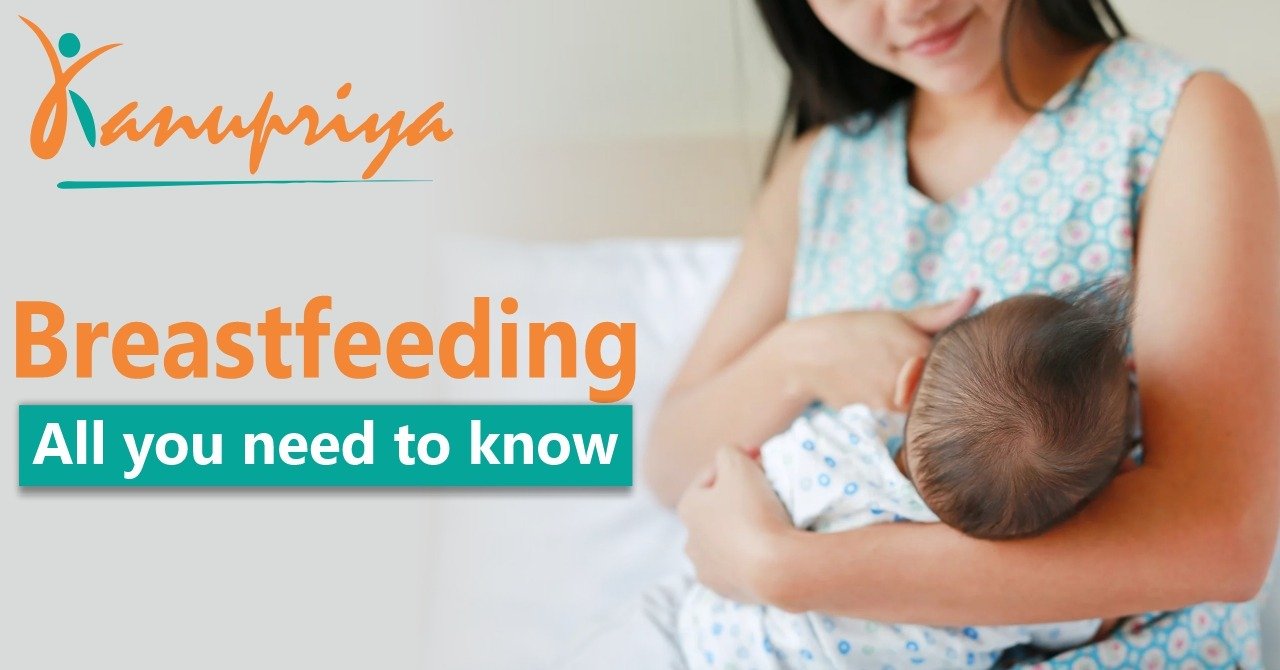Folate and Pregnancy: How important is it really?
Folate, often known as vitamin B9, is an important nutrient during pregnancy. Folate has a number of critical roles during pregnancy, the most significant of which is ensuring the normal closure of your baby’s neural tube during the first few weeks. Getting adequate folate during this critical phase will help your baby avoid neural tube problems like spina bifida and anencephaly. It is necessary for your baby’s spine, brain, and skull to develop properly. Other research has linked sufficient folate consumption during pregnancy to a lower risk of oral cleft lip/palate and cardiovascular problems in babies.
There is also some evidence that suggests a reduced risk of preeclampsia in the mother. Preeclampsia is a pregnancy issue involving the mother’s blood pressure, which can endanger both the mother and the baby’s life.
Is there a difference between folate and folic acid?
Folate and folic acid have a similar sounding name for a reason! Folate is a naturally occurring nutrient, but folic acid is a synthetic nutrient that is added to specific foods to provide the same nutritional benefits. Folic acid is more stable than folate for fortification purposes, therefore you’ll probably see it in your prenatal supplement! For the sake of simplicity, you can consider them to be the same thing!
Food sources of folate:
Leafy greens, lentils, asparagus, oranges, broccoli, strawberries, egg yolks and avocado are all good sources of folate. Fortified foods including cereal, grains, and whole grain flours also contain folic acid.
Hi to prevent deficiency of folic acid:
To guarantee that your requirements of folic acid are met in the event of you becoming pregnant, all women of reproductive age planning a pregnancy, should take a multivitamin supplement daily containing 400 micrograms of folic acid (with vitamin B12 for effective folic utilisation). As previously said, folate is critical during the early stages of pregnancy, so start supplementing at least three months before trying to conceive. This will guarantee you have adequate quantities to support your baby’s neurodevelopment.
Because pregnant women need 600 micrograms of folate/folic acid per day, dietary sources of folate/folic acid are just as vital as continuing to take your folate supplement! Women having a history of neural tube problems in previous pregnancies, a family history of neural tube defects, diabetes, obesity, or epilepsy may require more folate supplementation. If you think you could be at risk of folate deficiency, talk to your doctor or a nutritionist before starting a higher dose of supplementation.
In conclusion
Getting nutrition advice during pregnancy can be stressful, but we’re here to help! If you need some assistance incorporating folate-rich foods into your diet. Kanupriya Khanna, a Senior Consultant Nutritionist & Dietitian with over 18 years of experience, can provide expert advise.
Kanupriya Khanna is regarded as one of the best dietitians in Delhi because of her unwavering commitment to making a difference in people’s lives by instilling good eating habits and lifestyles.








